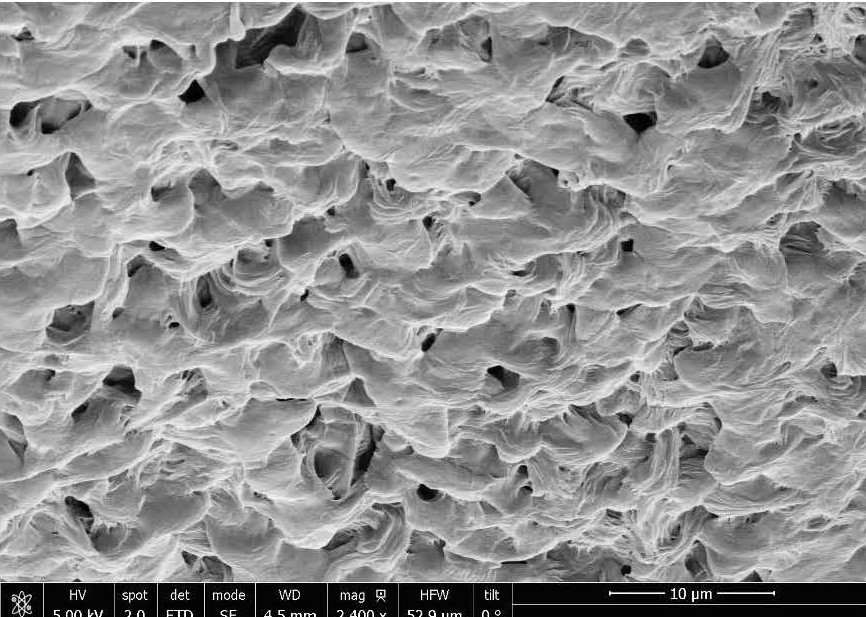CONGRESO: 18th European Meeting on Supercritical Fluids (EMSF)
AUTORES: Laura Delgado, Antonio Montes , Clara Pereyra, Diego Valor, Enrique J. Martínez de la Ossa
RESUMEN: 3D scaffolds are a suitable alternative to tissue transplants, solving the demand and rejection of these organs. Among 3D scaffolds, those based on conjugated polymers can provide a porosity, permeability, mechanical stability and conductivity similar to in vivo tissue, ensuring complete tissue acceptance and subsequent regeneration of the damaged organ. This study aims to generate functional scaffolds by foaming a conjugated polymer of polycaprolactone and polyaniline base (PCL/PANI) using supercritical CO2 technology for its application in the biomedical area of tissue engineering. This polymer blend offers the possibility of generating scaffolds with conductive properties. The experimental design was developed to study the influence of temperature (313 and 343 K), pressure (100 and 300 bar), ratio (1:1, 1:2 and 5:1) and depressurization rate (20 and 50 bar/min) on morphology, conductivity, pore size and specific surface. The characterization of the samples was carried out using scanning electron microscopy (Figure 1) and mercury intrusion porosimetry. The tests seem to indicate a strong influence on temperature and pressure when obtaining scaffolds by foaming, showing a more uniform PANI base impregnation throughout the biomaterial when both variables are high. The percentage of PANI impregnated in the scaffolds is in a range between 3-12%. On the other hand, low depressurization rate is expected to form smaller and more uniform pore sizes, while high depressurization rate will cause the opposite effect.


